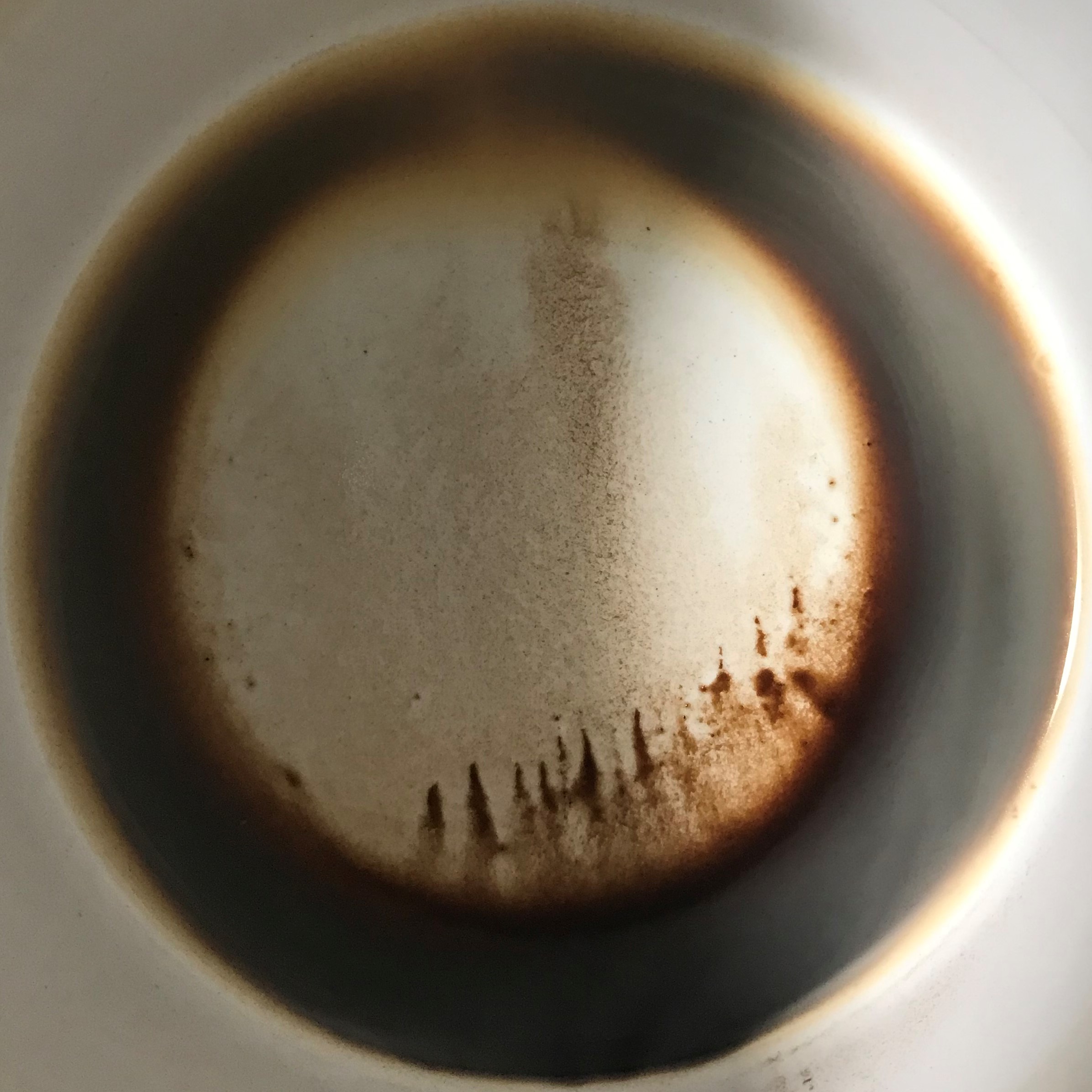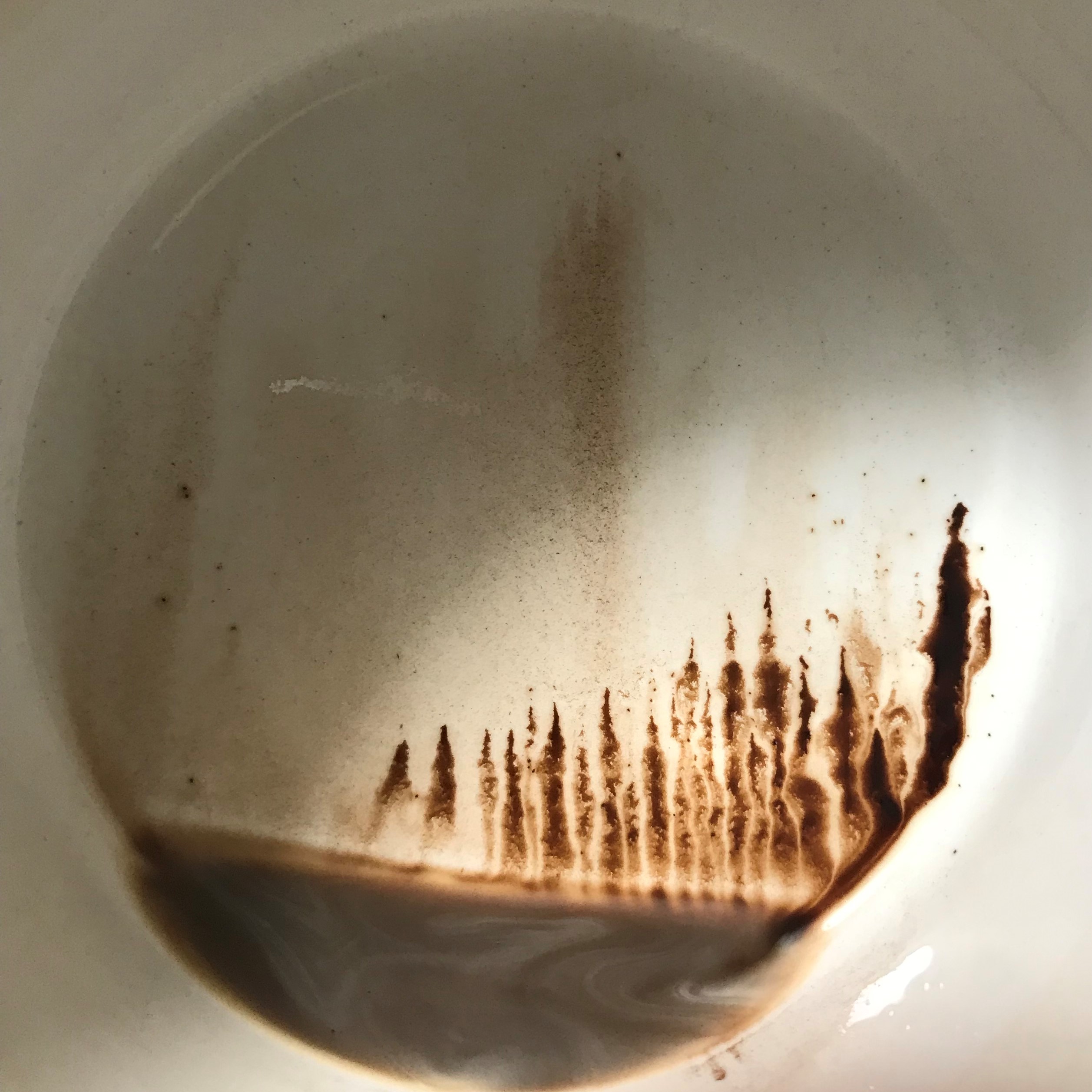Author’s Note: I presented a version of this piece at the Medieval and Renaissance Studies Conference at the University of Nebraska-Lincoln on October 3, 2015 as part of an alumni panel. I’ve divided it into four parts and edited it for the blogosphere. This is part 4. Enjoy!
When I first saw the ruins of Glastonbury Abbey, I was struck by the sad beauty of stone pillars, crumbling walls and abandoned staircases.
Its tranquil, green ruin was breathtaking and emotional – I wanted to see it in its active glory before Henry VIII began the dissolution of English monasteries. It was the autumn of 2006. At the time I studying abroad in Oxford, surrounded on all sides by the remnants of the medieval. My roommates and I lived in a flat on Osney Lane, not far from the site of the ancient Osney abbey and within earshot of the bells of St. Thomas the Martyr. Those bells would ring as I was writing my essays, conveying the spine-chilling sense that Osney Abbey was just beyond the window.
If it wasn’t for history and my love of the medieval mystery, I might never have crossed an ocean on my own to see and be a participant in the living legend that is Oxford or had the courage to explore Stonehenge or ride to Yorkshire on a whim to see the moors. That autumn I became accustomed to the cobblestones, the twists of the old city walls and the tiny ancient cemeteries.
(image: St. Aebbe’s)
We walked often in Christ Church Meadow along the river Cherwell up which legendary Friðeswiðe had escaped the attentions of a suitor for the haven of a nunnery. I worshipped at St. Æbbe’s, an Anglo-Saxon church – still standing the test of time. We’d walk passed a particular fourteenth century building on Cornmarket Street, leaning slightly forward, ancient wooden moldings and mullioned windows proudly displayed. It is now a Pret, a U.K. cafe franchise. Sipping a cappuccino in the upper floors, I enjoyed how the ancient wood work has been lovingly exposed – the ghosts of old door frames, windows and passages. There are countless examples of the medieval appearing and reappearing throughout the architecture of the city, the strange – somehow very English – juxtaposition of the modern alongside the ancient.

Since those days I have greatly valued the idea of finding something new and fresh in using what is time-tested and old. Not simply for aesthetics, although that helps, but it goes back to respecting what has gone before. It is a concept I have always been hungry for, growing up in a relatively young state in a relatively young country. The opportunities I’ve had to visit ancient and renowned places from the pillars of Stonehenge to the beauty of St. Paul’s Cathedral to the scenes of my patriot ancestors’ lives along the Freedom Trail in Boston have been priceless. They are solemn journeys to respect, to preserve the good, the honest traditions of those who’ve gone before, to walk in their shoes, to remember them at their graveside.
I’ll leave you with a final image. There is a castle by the sea in Gloucester, Massachusetts, built by John Hammond Jr, a radio scientist who worked under Thomas Edison and Alexander Graham Bell. Hammond Castle is a proud structure of buttresses and Gothic towers looking out to sea. Born an heir to enormous fortune, Hammond spent a great deal of time travelling Europe and was inspired by what he saw there. It was only natural that he’d build his home as an homage to ages past. There is something entirely genuine about standing in Hammond’s great hall, smelling the damp and feeling as though you’ve stepped back in time. Hammond brought abandoned pieces of door posts and windows, found furniture and tapestries, stained-glass windows, the obligatory suits of armor, the front of a fourteenth-century butcher shop and parts of chapels and gave them new life across the sea in an unlikely place.
He wrote in 1929:
For the last three years I motored many miles through Europe. After traveling all day, I would arrive at my destination to see a church, a cathedral, a town hall, a scrap of Roman wall or viaduct, a colosseum or an ancient theatre. It was always a piece of architecture that suddenly dissipated the obscurity of time and brought the living presence back of all ages. It is in the stones and wood that the personal record of man comes down to us. We call it atmosphere, this indescribable something that still haunts old monuments. You can read history, you can visit a hundred museums containing their handiwork, but nothing can reincarnate their spirit except to walk through rooms in which they have lived and through the scenes that were the background of their lives. It is a marvelous thing, this expression of human ideals in walls and windows.” (citation or just paraphrase?)
In writing, I strive to do much the same thing Hammond did: listen to the stories buried in the earth, let the characters tell their story, and create something new. Like a phoenix from the ashes, there is no such thing as a dead story.







